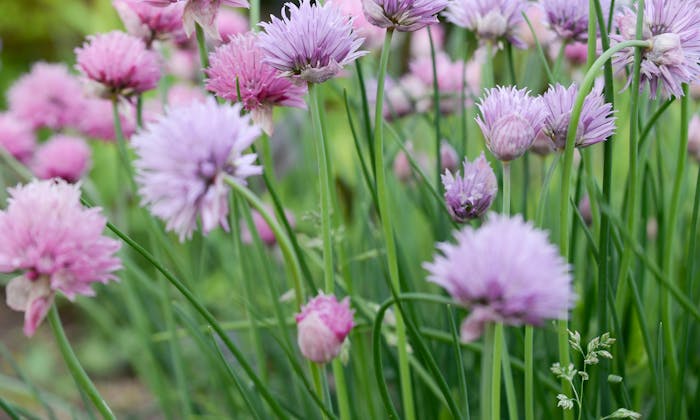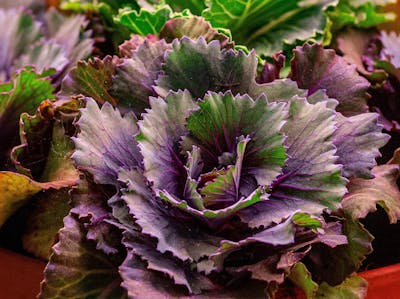Chives are heavy nectar producers, grown as an ornamental and for their culinary value.
Chives are an easy way to add a sweet only flavor to a dish. They don't have the sharp flavor some onions do. They are loved by pollinators since they are prolific producers of necter. The flowers are grown as much for their ornamental value as they are for their culinary value.
Garlic chives are a different plant, still and allium family plant but not of the same species or genus. They are also grown for their scapes, but they taste more like garlic than onions.
History
Chives are the only allium (onion) family plant that is native to both the new world and old world Europe. They grow naturally across much of the colder parts of the continent, from Alaska, Canada, Montana, Pennsylvania and most of New England.
In addition to ornamental uses, chives are most commonly grown for their scapes. A scape is a long, leafless flowerstalk. The flowers of chives are also edible and make a nice addition to a salad.
How to Grow
Chives prefer cold regions, where they grow fast and die back into a bulb every year. That said, they do fine in warm places like Florida and Southern California as well. In warm climates they grow very slowly, but never die back.
Chives are grown in clumps. Chives are easily transplanted, and are sold in clumps by nurseries if you choose to buy seedlings. They also grow well by division, if you know someone with a mature plant that is willing to give you a portion.
Chives are also grown well from seed. You can start them a couple of weeks before your last spring frost date. Sow the seeds in clusters, since one seed becomes one chive for a while.
Harvesting
Chives look like a clump of grass, each blade is called a scape since these are actually flower stems. The scapes are ready to harvest when they are at least 6 inches long. Cut them as you need them and they will grow back.
This is one of those plants where harvesting encourages more to grow. Leave about 1-2 inches of the scape to grow back. Harvests will be more plentiful from the second year on.


